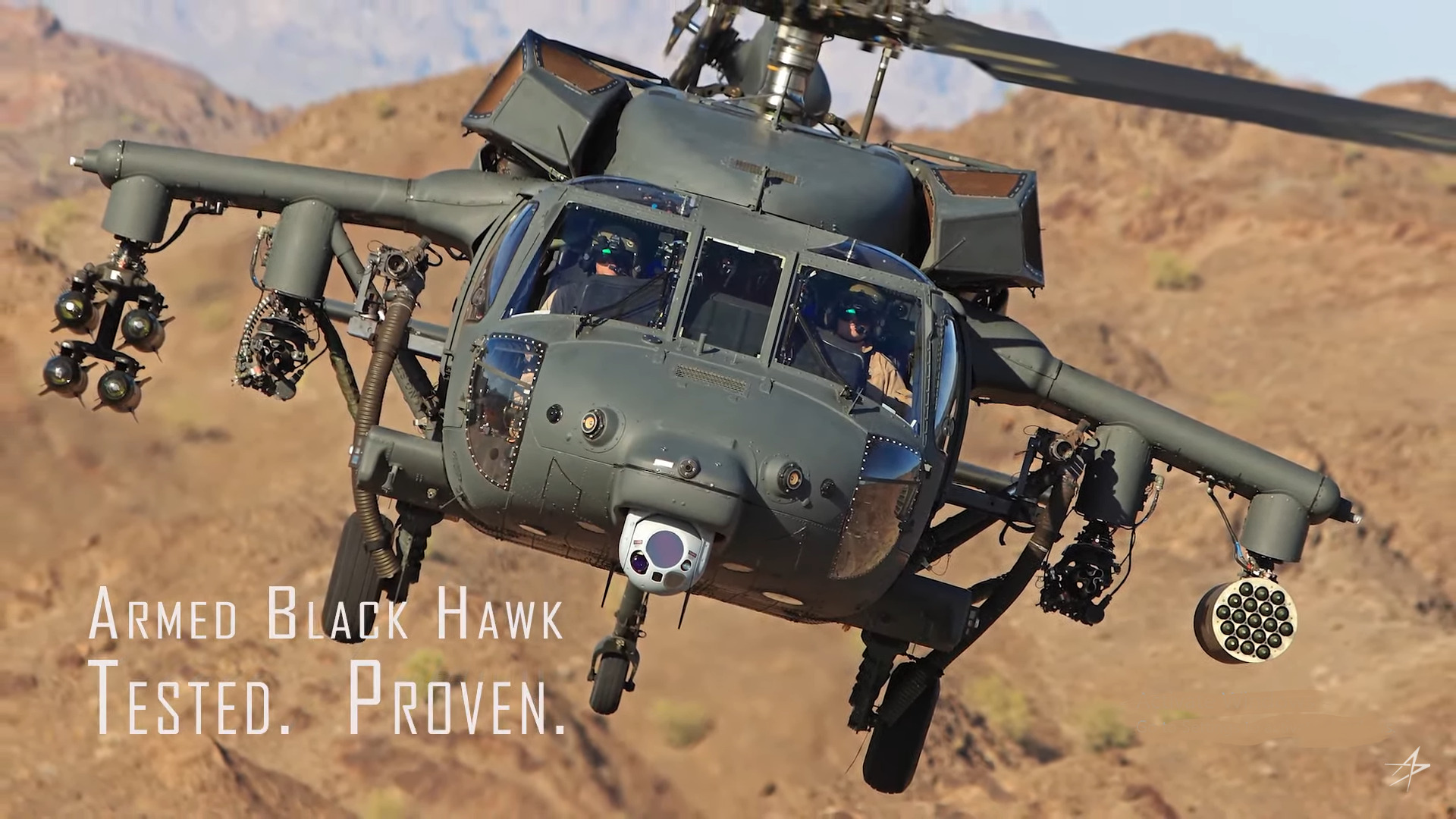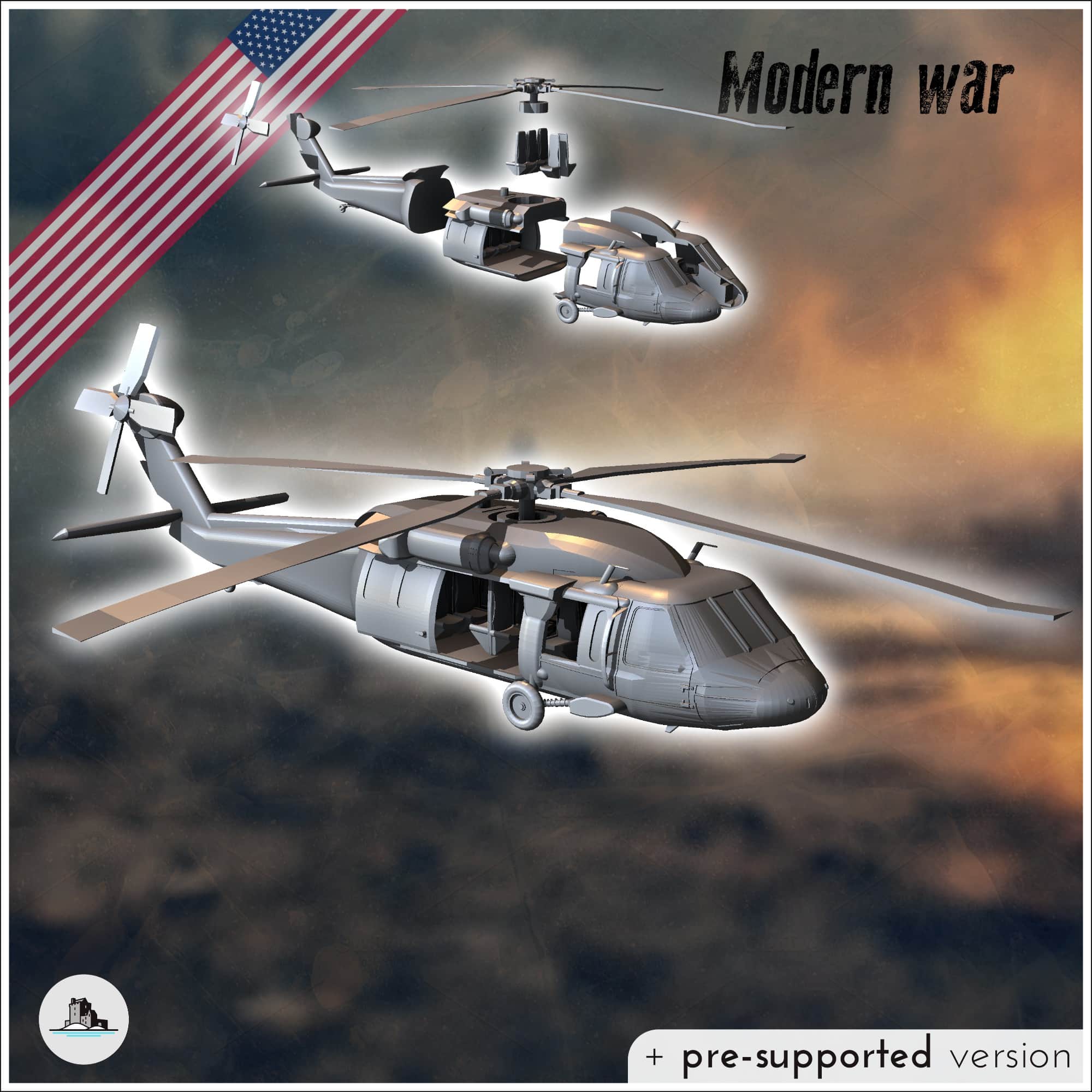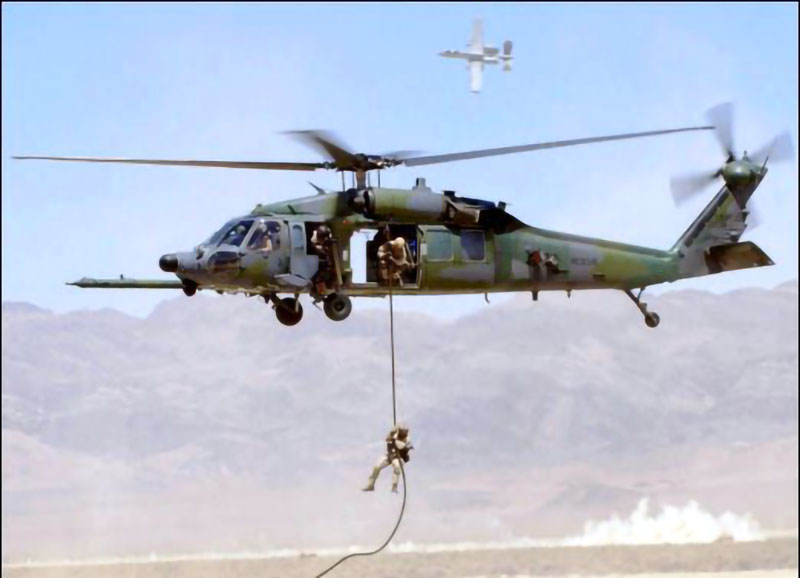The UH 60 Black Hawk: Versatility and Performance in Military Aviation
The UH 60 Black Hawk: Versatility and Performance in Military Aviation
Blog Article
The UH 60: A Versatile Aircraft for Armed Force and Private Citizen Usage
The UH-60 helicopter, with its origins dating back to the late 1970s, has actually developed right into an essential property for both military and private markets. Its multifunctional abilities, ranging from army transport to emergency clinical services, highlight an exceptional versatility to numerous functional demands. As technical improvements remain to enhance its performance and versatility, the ramifications of these developments for future applications necessitate cautious examination. Recognizing the full extent of the UH-60's impact might reveal understandings into its prospective trajectory and significance in a significantly complex functional environment (uh 60).
Historical Summary of the UH-60

At First, the UH-60 was deployed to sustain army transport, clinical discharge, and logistical operations. Its introduction noted a considerable development in helicopter technology, including advanced avionics and survivability features. The Black Hawk's capacity to operate in challenging settings, including damaging climate condition and battle zones, solidified its credibility as a trusted workhorse.
Over the years, the UH-60 has undertaken countless upgrades and variations, adapting to the evolving requirements of military procedures. Its tradition includes engagement in essential conflicts, showcasing its versatility and performance in different scenarios. The Black Hawk continues to be a foundation of military air travel, showing the withstanding importance of development in airborne transport and assistance.
Military Applications and Goals
Regularly deployed in diverse functional contexts, the UH-60 Black Hawk helicopter serves a plethora of army applications that are essential to mission success - uh 60. This functional airplane is mostly utilized for troop transport, making it possible for quick movement of soldiers to and from battle zone. Its capability permits for the transport of up to 11 fully geared up troops, making it a crucial asset for ground forces
The UH-60 is also essential to medical emptying objectives, supplying swift assistance for damaged personnel under fire. Equipped with advanced medical facilities, it can transport casualties while guaranteeing continuous healthcare. Furthermore, the helicopter's utility encompasses reconnaissance and surveillance missions, where it collects essential knowledge and improves situational understanding for commanders.
On top of that, the Black Hawk is often utilized for logistical assistance and supply goals, supplying crucial tools and arrangements to troops in remote locations. Its adaptability is additional demonstrated via its capability to operate in varied environments, from urban settings to rugged surfaces. In general, the UH-60 Black Hawk remains a cornerstone of modern-day armed forces operations, personifying adaptability, reliability, and performance in meeting objective purposes.
Private Citizen Uses and Adjustments
Beyond military applications, the UH-60 Black Hawk helicopter has actually discovered a range of private uses and adjustments that showcase its adaptability. Initially created for troop transportation and logistical support, this airplane has been successfully adjusted for different civilian functions, including emergency clinical services (EMS), firefighting, and search and rescue procedures.
In emergency clinical services, the UH-60 can quickly move clients to medical facilities, outfitted with sophisticated clinical equipment and workers. Its speed and maneuverability make it possible for rapid action in crucial scenarios, which is vital in saving lives. The helicopter's huge cabin allows for medical groups to run efficiently during flights.
In firefighting, the UH-60 has actually been modified to bring water or fire resistant, making it a reliable tool in combating wildfires. Its capability to float and maneuver in tough terrains offers considerable benefits over typical ground-based firefighting methods.

Technical Advancements
Just how has the evolution of modern technology influenced the capacities of the UH-60 Black Hawk helicopter? The UH-60 has undertaken significant innovations because its beginning, considerably enhancing its operational performance. One critical technology is the combination of innovative avionics, that includes electronic trip control systems and multifunction screens, boosting situational awareness for pilots. This permits better navigation and goal planning, particularly in difficult settings.

In addition, the incorporation of composite materials in the airframe has actually lowered weight while maintaining structural stability, adding to increased payload capability and gas performance. The helicopter's rotor system has also benefited from technical improvements, such as sound decrease technologies and enhanced wind resistant layout, which enhance both performance and stealth abilities.
Furthermore, the UH-60's versatility to numerous mission profiles is enhanced by modular systems, making it possible for quick reconfiguration for roles ranging from medevac to troop transport. uh 60. The introduction of advanced interaction systems ensures real-time data sharing and control during missions, which is crucial in modern-day combat scenarios. Jointly, these technical innovations have actually changed the UH-60 into a powerful and versatile asset in both armed forces and private applications
Future Leads and Dopes

Additionally, continuous study into alternate power sources, such as hybrid-electric propulsion, presents a chance for raised gas efficiency and reduced ecological effect. This straightens with both armed forces and noncombatant goals for sustainability. The UH-60's adaptability to various roles, from medical evacuation to search and rescue, ensures its continued relevance in diverse functional contexts.
Furthermore, collaborations with protection see here now specialists are promoting developments in weapons and sensor modern technology, making it possible for the Black Hawk to successfully respond to modern threats. As the armed forces landscape evolves, the UH-60's layout will likely welcome modularity, enabling rapid reconfiguration based on objective demands. In general, the future of the UH-60 is intense, identified by improved efficiency, versatility, and an undeviating dedication to satisfy the difficulties of contemporary war and altruistic initiatives.
Conclusion
The UH-60 helicopter exemplifies versatility through its double duty in military and civilian procedures. Its durable design and advanced technical functions help with a large range of objectives, from troop transportation to emergency clinical services. As recurring advancements continue to boost its abilities, the UH-60 continues to be an essential possession throughout different functional atmospheres. The long-lasting relevance of this aircraft is obvious, ensuring its significance in future military and private applications.
The UH-60 Black Hawk helicopter, a crucial asset in contemporary armed forces aeronautics, was initially presented in the late 1970s as part of the U.S. Army's mission for a reliable and versatile utility helicopter.Often deployed in diverse my company operational contexts, the UH-60 Black Hawk helicopter offers a plethora of army applications that are critical to mission success. Overall, the UH-60 Black Hawk remains a cornerstone of modern military operations, embodying versatility, reliability, and effectiveness in fulfilling objective purposes.
As the military landscape advances, the UH-60's style will likely welcome modularity, allowing for fast reconfiguration based on objective requirements.The UH-60 helicopter exemplifies versatility through its twin duty in army and private procedures.
Report this page